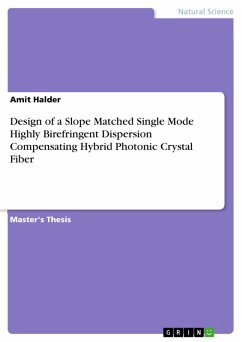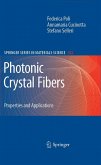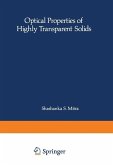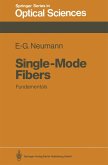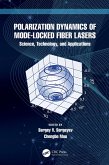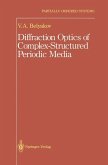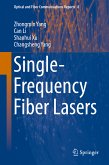Master's Thesis from the year 2022 in the subject Physics - Optics, grade: 3.17 out of 4.00, , course: Electrical and Electronic Engineering, language: English, abstract: The main goal of this thesis is to design efficient hybrid photonic crystal fiber which can be used in sensing application and high bit rate communication with low loss. The justification of using the hybrid structure is also discussed in this research work. The key optical parameters of the proposed hybrid PCF structures are also compared with a simple hexagonal PCF structure. For high bit rate transmission through a long distance of an optical waveguide is dependent on the reduction of residual dispersion and residual dispersion slope matching with a single mode fiber. The residual dispersion slope matching and single mode performance by HOMER (Higher Order Mode Extinction Ratio) method is also evaluated in this thesis work. Recent advances in Photonic Crystal Fiber (PCF) research have had a significant impact on optical fiber communication systems. The versatile applications of PCFs in the field of telecommunication and biomedical applications are now at the pinnacle. This thesis demonstrates the best potential design for hybrid photonic crystal fibers (HyPCF-I and II) with high birefringence established on modified broadband dispersion compensatory structure through E, S, C, and L communication bands, i.e. 1360 nm to 1625 nm wavelength. Optical fibers evolved from conventional step index fibers to single material fibers with effective air cladding structures that demarcated propagation in the 1970s. Overall, systematic arranged fibers, such as photonic crystal fibers, are constituted of a cross-section (typically unvarying end to end the fiber length) microstructure of a single to multiple materials, most commonly arranged intermittently over a significant portion of the cross-section, typically as a "cladding" adjacent to a core (or several cores) where the light is confined.
Dieser Download kann aus rechtlichen Gründen nur mit Rechnungsadresse in A, B, BG, CY, CZ, D, DK, EW, E, FIN, F, GR, HR, H, IRL, I, LT, L, LR, M, NL, PL, P, R, S, SLO, SK ausgeliefert werden.

